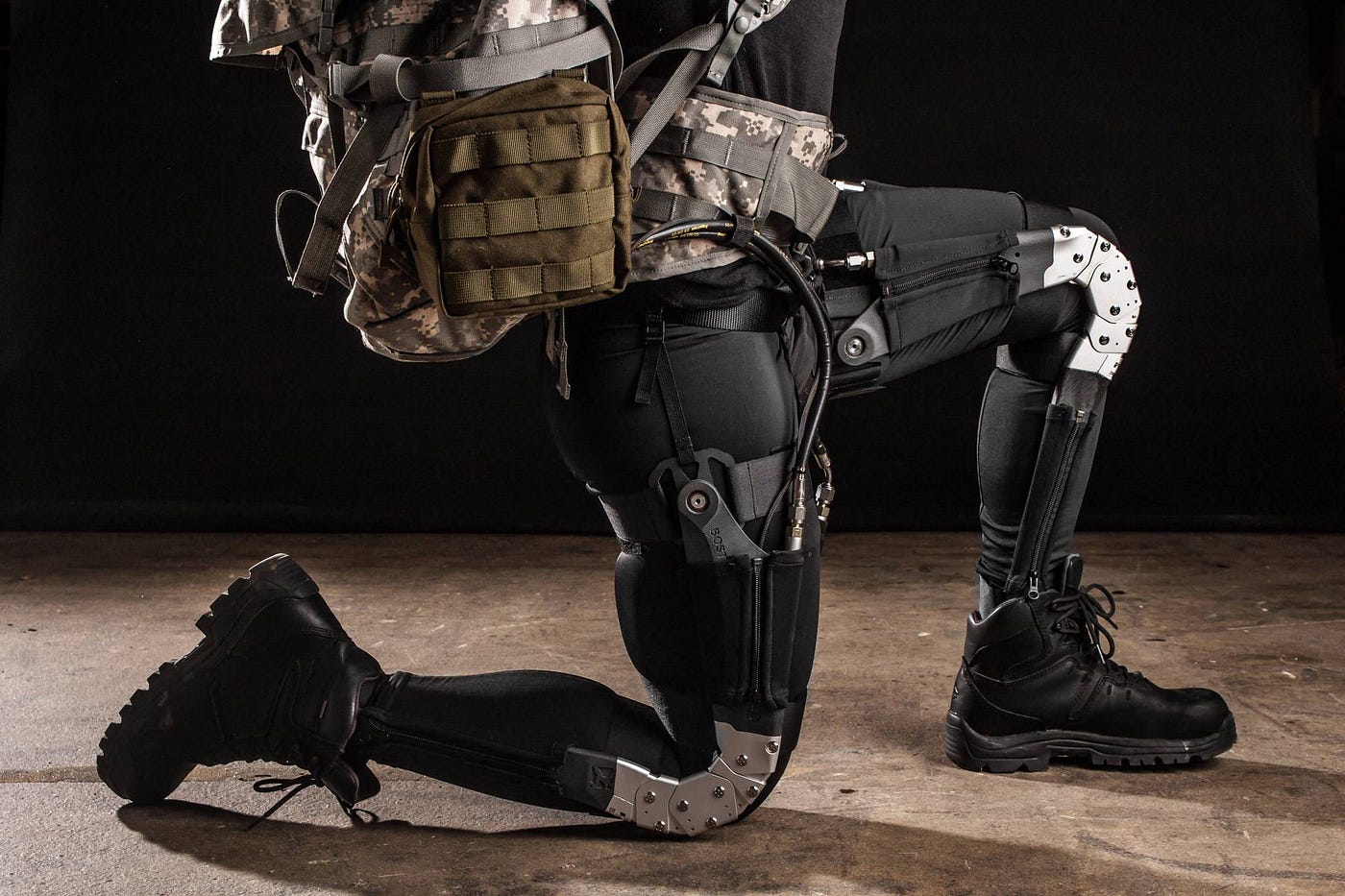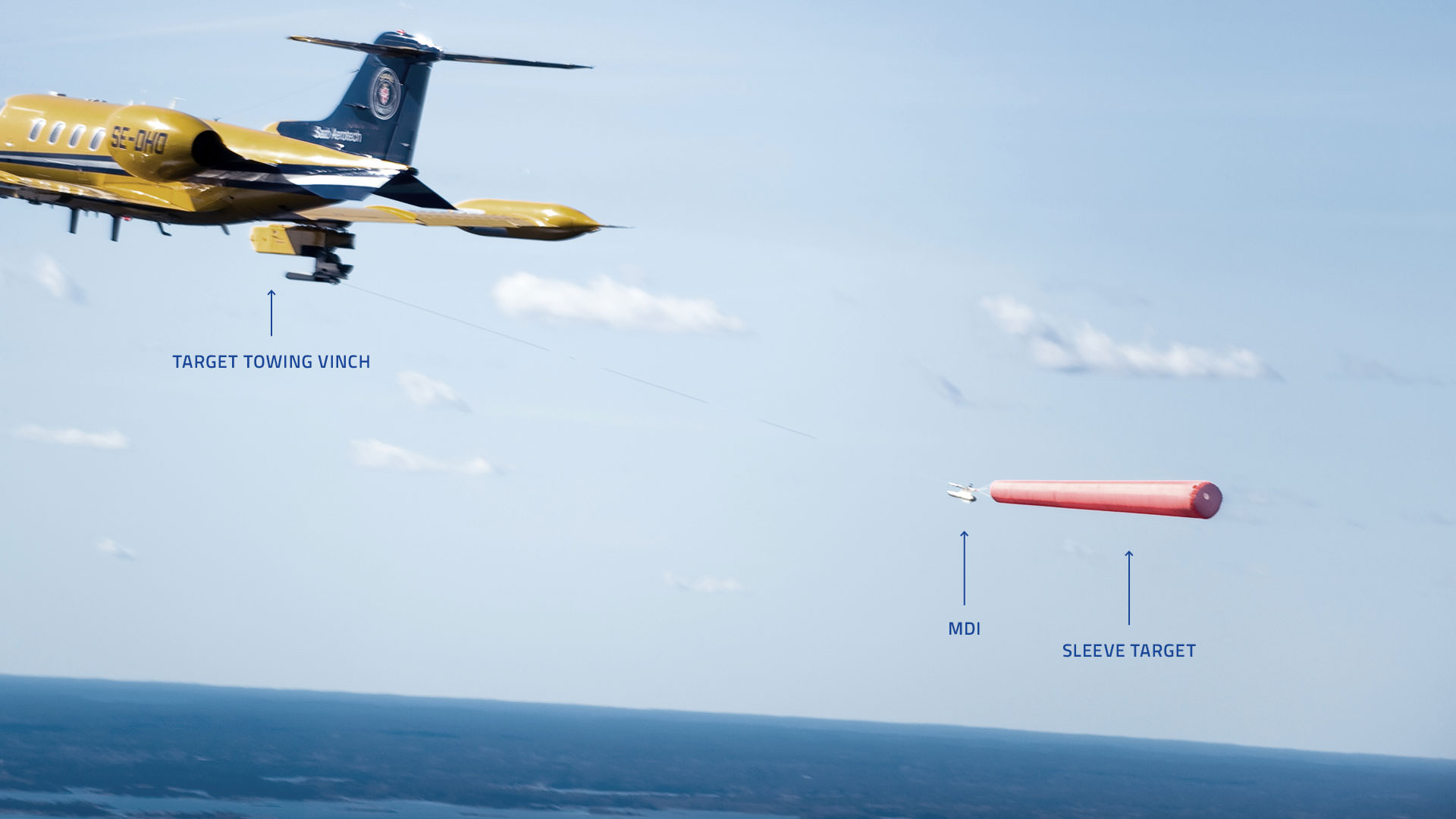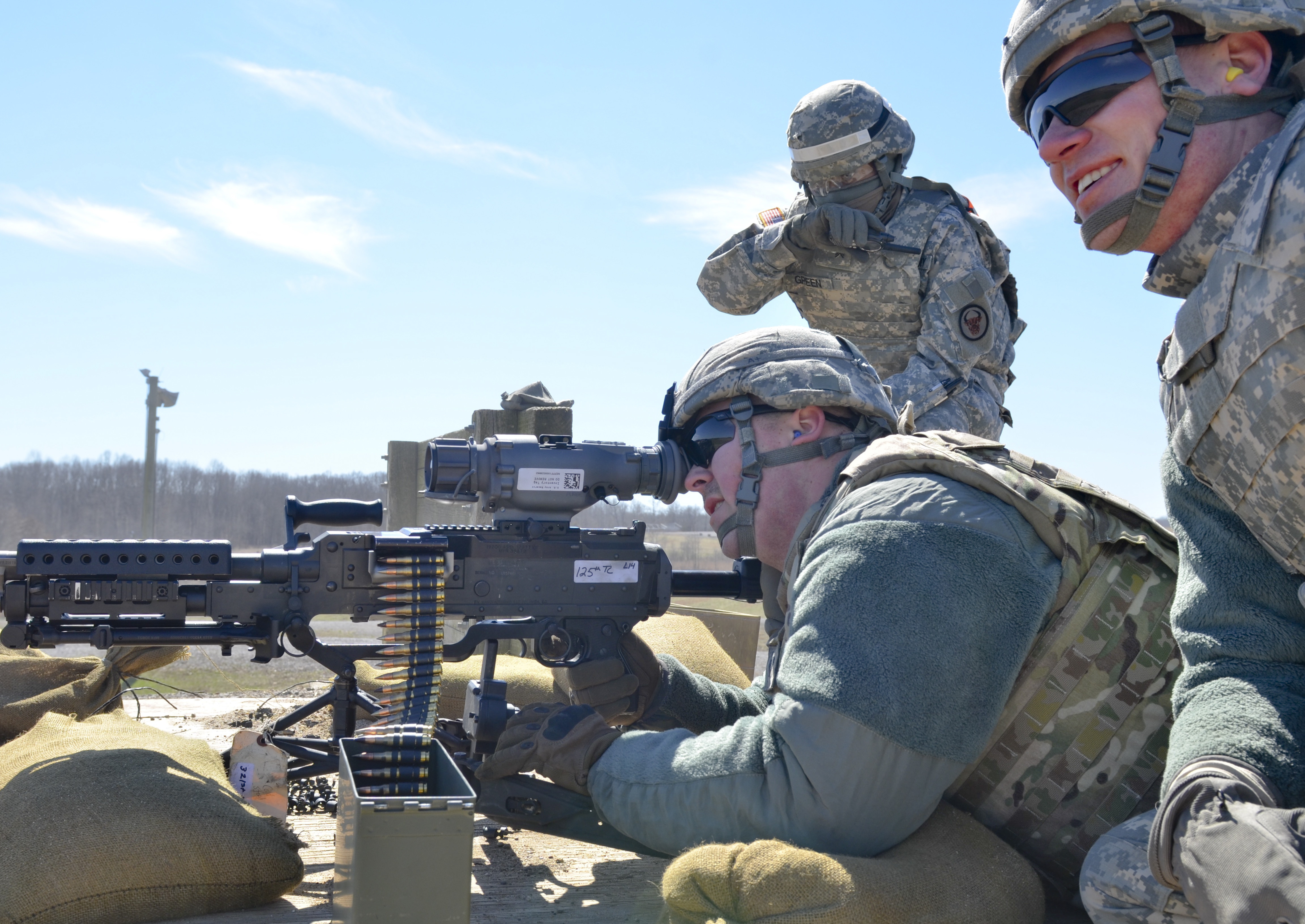Talos Meaning Military - By not waiting until every possible box on its wishlist is checked, and getting a good-enough TALOS suit into the field as soon as possible, DEVGRU should be able to furnish its operators with Iron Man suits in as little as three years.
That's a big improvement over the Pentagon's usual timeline, where new technologies can take as long as 20 years to come to market. It also permits smaller, more innovative and nimble companies -- those that may lack the cash reserves to wait 20 years to make a sale -- to play a greater role in furnishing the military with the weapons it needs.
Talos Meaning Military

What TALOS is TALOS, short for the Tactical Assault Light Operator Suit, will incorporate "all aspects of armor, visibility, of communications, of situational awareness, [and] of weapons" needed to keep a DEVGRU operator alive through the first moments of contact.
From Talos To Talos
with an enemy. The initial specs remain in flux, but SOCOM is aiming to build a first-generation TALOS suit with the following attributes: When will we get it? What is known is that the Pentagon is working hard to get a prototype TALOS suit ready for testing by summer 2017, and a working model ready for deployment to come the following year -- and that things seem to be going well with this deadline.
Two years ago, in a conference held in May 2013, Adm. McRaven set August 2018 as his target date for deploying the first TALOS suit. This week, Gen. Votel reiterated that date, promising that DEVGRU operators should receive "the first of its kind, fully integrated, independently powered prototype by the end of August 2018."
In fact, in other industries exoskeletons are already being utilized in a few different ways. For instance, construction and automotive industry leaders have already been looking into the use of exoskeletons. Some thought because of this, the military must already be in the fine-tuning stages of development, but some defense officials asserted that the suit wouldn't be practical and functional until 2026. But unfortunately, the program was completely shut down in 2019.
MacCalman was the ideal man for the job. MacCalman had spent two years on the U.S. Special Operations Command's TALOS task force, first as the chief engineer and then as program director. A former 7th Special Forces Group deployed analyst, MacCalman was in Afghanistan with the Army's elite Delta Force in 2012 when Checque burst through the door of that Taliban compound.
(Hawkins, the SOCOM spokesperson, confirmed that Checque's death was the direct inspiration for the TALOS program. MacCalman declined to comment for this story). By Jared Keller | Published Jul 11, 2021 9:17 AM EDT According to SOCOM, the ghosts of past exoskeletons underpin the end of the TALOS program.
The fatal flaw of the combat prototype, as SOCOM spokesperson Hawkins explained, lies in the suit's "complex subsystem interdependencies" — the inability for the subsystems from the exoskeleton to the suit's helmet assembly, power and communications to operate together as a cohesive whole.

There's a level of choreographed interconnectivity that comes with overlaying so many complex systems on top of one another, and these individual systems must operate together seamlessly for the suit to actually achieve that man-machine fusion that Heinlein envisioned nearly a half-century ago.
Even with advances in computing and miniaturization, there were too many disparate parts for TALOS to function effectively. SOCOM first announced the TALOS suit in 2013 with an ambitious vision for the final product depicted in a corny promotional video: an armor-plated soldier capable of withstanding direct fire from small arms like those that killed Checque in Afghanistan.
But when Army Lt. Col. Alex McCalman revealed the results of the five-year effort at the Special Operations Forces Industry Conference in Tampa, Florida in May 2019, the final product was anything but. This stripped-down approach persisted well into the 2000s, when the sudden technological feasibility of powered exoskeletons induced the Pentagon to pivot back to its pursuit of Tony Stark technologies that were more focused on logistics, rather than combat.
In 2001, the Defense Advanced Research Projects Agency (DARPA), yet another military tech incubator, awarded two $50 million grants for the development of exoskeleton prototypes: one to Lockheed Martin, and another to Raytheon. Both projects consisted of exoskeletons focused on reducing strain on the lower legs and back.
Although both failed at developing versions of the technology that were ready for the field, they established that robotics had finally advanced to a point where exoskeletons could actually enhance the movement of future soldiers. Indeed, exoskeletons, the core of any futuristic powered armor, had suddenly entered the realm of the possible, although the focus had again shifted back to logistics.
"The weaponized, sci-fi-sexy version is always going to get more attention, but the logistics side has always had an actual commercial equivalent driving it forward," said Ghost Fleet author Singer. "There's always been that R&D work related to the construction field and other private-sector projects, and that's what we're still drawing on.
We'll end up seeing this in non-combat applications first.” But even with 50 years of research and the might of the U.S. military-industrial complex behind it, the JATF-TALOS program fell short of its goal of true futuristic glory ripped from Heinlein's pages.
Although the program yielded a slew of advanced systems, the Pentagon's latest stab at a suit of unified powered armor ended up essentially dead in the water. In February 2019, a spokesperson for the program confirmed that SOCOM had "no intention to field the TALOS Mk 5 combat suit prototype" beyond a mere demonstration.

By May, MacCalman was delivering that super-suit's eulogy to a crowded room at the Special Operations Forces Industry Conference in Tampa. The TALOS project was not likely to be used for every single infantryman though. The design was primarily created with the pointman in mind.
Perhaps in the future, we'll see TALOS resume development, but for the time being we'll have to watch other countries develop their own "Iron Man Suits." The TALOS design includes internal heating and cooling with adaptive temperature control based on the climate the operator is in.
This meant that the soldier in the suit can maintain a lower body temperature while performing tasks in a desert environment, thereby decreasing his fatigue. Alternatively, the heating can ensure that joints are not being stiffened or numbed by freezing temperatures.
In addition to internal temperature control, the TALOS features real-time health monitoring for both operators and observers. This included heart rate, stress, and wounds. In tandem with the real-time health monitoring, wound packing gauze that the suit could administer was mentioned as part of this system, but it's unclear how this would work.
In 1961, just two years after the publication of Starship Troopers (and two years before Tony Stark's Iron Man suit debuted in the pages of Marvel Comics), the Pentagon invited U.S. defense contractors to submit proposals for a “servo soldier” that was billed as “a human tank equipped with power steering and power brakes.
The servo soldier "will wear a special suit which will have its own engine, enabling him to run faster, stop quicker, and lift bigger loads than ordinary mortals," per Armor magazine. "What is more, he will be immune to germ warfare, poison gas and the heat and radiation from nuclear blasts."
It was the U.S. The military's first official vision for a robotic super-soldier wrapped in a cocoon of heavy armor, the groundwork for the decades of attempts that followed. SOCOM had a laundry list of capabilities in mind: increased survivability through enhanced ballistic protection and an exoskeleton that “supports near unconstrained movement” while managing heavy loads, a “base layer” with integrated biomedical monitoring and thermoregulation, a heads-up display that integrated
intelligence and operational data, and a boost in "surgical lethality" that involved creating "options for novel weapons integration." Jared Keller is the managing editor of Task & Purpose. His writing has appeared in Aeon, the Los Angeles Review of Books, the New Republic, Pacific Standard, Smithsonian, and The Washington Post, among other publications.

Contact the author here. How much TALOS will cost The Pentagon isn't exactly known for its fiscal restraint on transformative mil-tech projects. The widely panned Land Warrior effort of a decade ago cost taxpayers as much as $500 million over 15 years.
So it's not particularly encouraging to hear Pentagon spokesperson Lt. Cmdr. Matt Allen admits that the Pentagon does "not know how much TALOS will cost." The final product would be a vision from the future, at least according to early designs included in MacCalman's presentation in Tampa: a robotically-muscled warrior clad in a suit of armor, like something from a recent installment of the Halo franchise.
"The entire history of technology and war, whether it was the very first stone picked up that was more powerful than balling a fist to the first hobnail sandals that the Assyrians used to march further and faster, is always about enhancing human performance," added
Peter Singer, a fellow at the New America Foundation and author of the novel Ghost Fleet. After more than 50 years of research, the Pentagon's vision of a machine-powered "servo soldier" remains no closer to becoming a reality than it once was.
But as TALOS goes to show, the dream of powered combat armor persists in wayward laboratories and annexes of the U.S. military — and while the vaunted combat suit may be hidden away in storage somewhere, it lies in wait for the next innovative researcher to take a stab at making the Pentagon's vision of a mechanized super soldier a reality.
That's not to say the suit was a total failure: As Hawkins told me, the program the mature subsystems yielded by JATF-TALOS will almost certainly see potential adoption elsewhere in the U.S. military Indeed, the body armor in particular is among its most promising mature subsystems: made from ultra-high-molecular-weight polyethylene — a substance lighter but more durable than standard armor plates — it's currently undergoing field testing by active-duty SOF units, which
means better protection for door-kickers like Checque, just as the TALOS program intended in the first place. The unified 'Iron Man' suit may be dead, but its spare parts will likely live on in other Pentagon programs of record — and, if fully matured in the coming years, end up actually achieving the TALOS program's original goal of better survivability, albeit
in a different form. More importantly, just as the Hardiman, Man Amplifier, and the Pitman suit helped inform TALOS, so might SOCOM's supersuit one day inform yet another attempt at powered combat armor. As Hawkins put it, the research is "laying around" for Pentagon engineers to examine at any time.

And that day could come sooner than you think: As Singer pointed out, China is currently testing a powered exoskeleton designed to help infantry members carry roughly 100 pounds of gear with ease, and with the Pentagon hyping a pivot to “great power competition,”
Military planners have an incentive to track Beijing's progress and adapt accordingly. On Dec. 8, 2012, members of the U.S. Navy's vaunted Naval Special Warfare Development Group, better known as SEAL Team 6, were deployed on a high-stakes nighttime raid with a simple goal: rescue a civilian doctor from the clutches of the Taliban.
Why it's important So DEVGRU may receive its first honest-to-goodness Iron Man suit as little as three years from now. That's great news for the next guy who has to become the "first man through the door."
And here at The Motley Fool, where we keep a close eye on all the biggest developments in the military sphere, we're glad to hear it. But as investors, what we really want to know is how the development of the TALOS suit will affect the bigger picture in military spending -- and that's just as interesting a story.
Indeed, the Pitman "suit of armor" exoskeleton concept proved so technologically unfeasible that it fell out of favor with military planners after the Army quickly stood up and abandoned yet another powered armor attempt at the Aberdeen Proving Ground in the early 1990s.
It wouldn't be until Checque's death that the Pentagon returned to the idea of a combat-ready suit in earnest. (And if it seems like these projects are overlapping, that's because they are: As the SOCOM spokesperson explained, “Someone comes along and picks up the research and adds to it and then it gets dropped for whatever reason until someone else comes along to pick
it up.”) "The fact that personal protective equipment for operators has not significantly changed since WWII was certainly part of the impetus for SOCOM exploring how to provide operators with comprehensive ballistic protections," Navy Lt. Cmdr.
Tim Hawkins, a U.S. Special Operations Command spokesperson. "Not only that, but we wanted to do so while enhancing their tactical capabilities and strategic effectiveness." The Motley Fool owns shares of and recommends Nike. We Fools may not all hold the same opinions, but we all believe that considering a diverse range of insights makes us better investors.

The Motley Fool has a disclosure policy. You're reading a free article with opinions that may differ from The Motley Fool's Premium Investing Services. Become a Motley Fool member today to get instant access to our top analyst recommendations, in-depth research, investing resources, and more.
Learn more The TALOS not only provided protection but also enhanced combat capability that allows soldiers to run faster, longer, and without getting fatigued. The suit also enabled enhanced strength to lift heavier objects and hold them for long periods of time.
This is all possible by way of a futuristic exoskeleton that's anchored on the back and runs down the legs and arms of the operator. That same year, an Office of Naval Research grant enabled Cornell University engineer Neil Mizen to develop his so-called “Man Amplifier” exoskeleton.
Built on a series of actuators manipulated through "bilateral force feedback," according to Popular Science, Mizen's suit — a skeletal, ungainly patchwork of bulky gray motors — could purportedly heft up to 1,000 pounds, making it ideal for handling heavy munitions and lugging cargo.
across inhospitable terrain. Indeed, the Navy in particular expressed interest in the "superman suit," as Popular Science called it, "to help sailors manhandle torpedoes, bombs, and machinery in the cramped quarters aboard ships and submarines." The end of the TALOS program does not mean that the Pentagon has permanently abandoned some sort of exoskeleton for infantry troops.
Lockheed Martin's new exoskeleton, currently the apple of the Army's eye, is essentially a robotic, motorized knee brace designed to ease fatigue on hostile terrain; and the Marine Corps is on the verge of testing out a full-body exoskeleton that could haul pallets full of gear so the average grunt doesn't blow out his back doing the task.
Checque's sacrifice isn't just another story of courage and valor from the annals of U.S. military history: Just one year later, it would end up reigniting the U.S. The military's attempt to reimagine the warfighter of the future—one cloaked in the safety of a suit of robotic armor.
In future generations of the kit, Votel says SOCOM wants the powered exoskeleton to not just carry heavier loads, but enhance an operator's strength and mobility, to build heads-up displays into the helmet, incorporate cooling and heating gear to regularize body temperature, and
add medical sensors to monitor an operator's health. Faster, stronger, more durable and more deadly, Heinlein's vision of powered armor coincided with the growing engineering feasibility of incorporating robotics into modern combat. The Defense Department has been pursuing the dream of a powered exoskeleton since around the same time that Heinlein's vision of future war introduced the concept to pop culture.
To achieve these goals, SOCOM is collaborating with DARPA's Warrior Web project, and enlisting the aid of nearly 100 different corporations, government agencies, and academic research institutions. Known participants include... everyone you can think of, and a few that probably haven't crossed your mind.
Raytheon (RTN) and General Dynamics (GD 1.12%), obviously. But also Adidas and Nike (NKE 0.56%), and virtual unknown Revision Military.
what does talo exclusive mean, talos god, what does talo mean, greek talos, what is a talo gun, talos definition, talos pronunciation, what is talos










